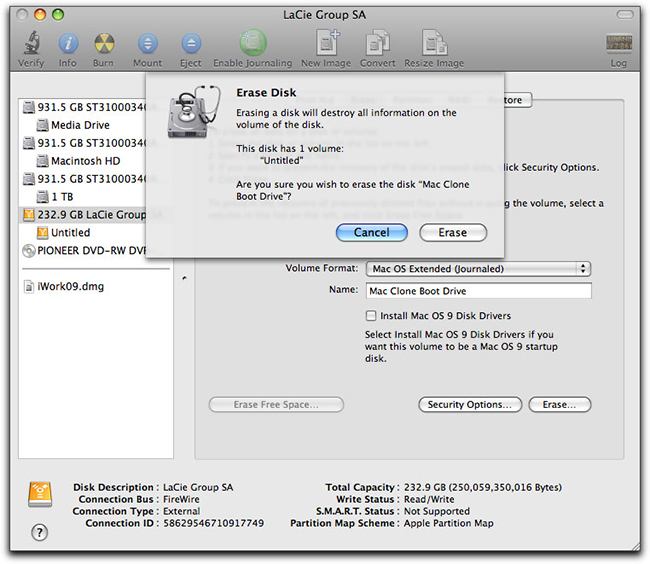
Every major operating system and most devices support it, making it great for drives you need to access from different systems. The advantage to using FAT32 is portability. If you do need those larger file sizes, you’ll need to stick with something like NTFS or exFAT. RELATED: What File System Should I Use for My USB Drive?įAT32 is a solid file system for external drives, so long as you don’t plan to use files over 4GB in size.

Swap "X:" for the drive letter assigned to your USB drive.įor whatever reason, the option to format USB drives larger than 32GB with the FAT32 file system isn’t present in the regular Windows format tool. Alternatively, launch PowerShell as an Administrator and run "format /FS:FAT32 X:" in the Window to format the "X:" drive as FAT32. Another option, for those who use both Windows and Mac OS regularly, is to partition your hard drive and have a portion of the drive formatted for each OS.Use a third-party utility, like "FAT32 Format," to format larger USB drives with FAT32. There are tools available to use NTFS on a Mac (Fuse) or HFS on PC (HFSExplorer). Windows will not detect this file system without a third party utility. Only use this option if the drive will only be used in Mac OS. Mac OS Extended is the native solution for Mac users and has the max file size of any of them.It has a much larger max file size but is read-only on Mac OS X (unless you install a third party NTFS read/write utility). NTFS format is the file system Windows likes to use by default for internal drives running the operating system or used as a secondary storage drive.Older operating systems might require an update to properly read and write to a USB drive with an exFAT file system. It doesn’t have the 4GB file size limit and it’s compatible with most Windows and Mac operating systems.

exFAT is the ideal file system for USB flash drives.It is the most compatible file system for older/modern computers (PC and Mac) plus gaming consoles and other devices with a USB port. Most USB flash drives will have a FAT32 file system out-of-box. FAT32 is a common option you’ll hear because it’s recognised by both Mac and Windows operating systems, but it offers no security and caps files at 4GB in size.

The file systems most commonly used in USB flash drives are: When formatting your drive, it’s important to understand the different formatting options available for your ideal use.


 0 kommentar(er)
0 kommentar(er)
